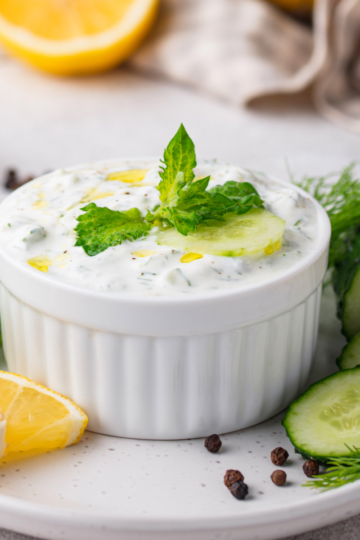If you’ve ever wished your bowl of rice could be a little lighter on calories (without tasting any different), there’s good news: science says it’s possible. It sounds like kitchen magic, but there’s real chemistry behind it — and it all comes down to one simple addition: a teaspoon of coconut oil and a bit of time in the freezer.
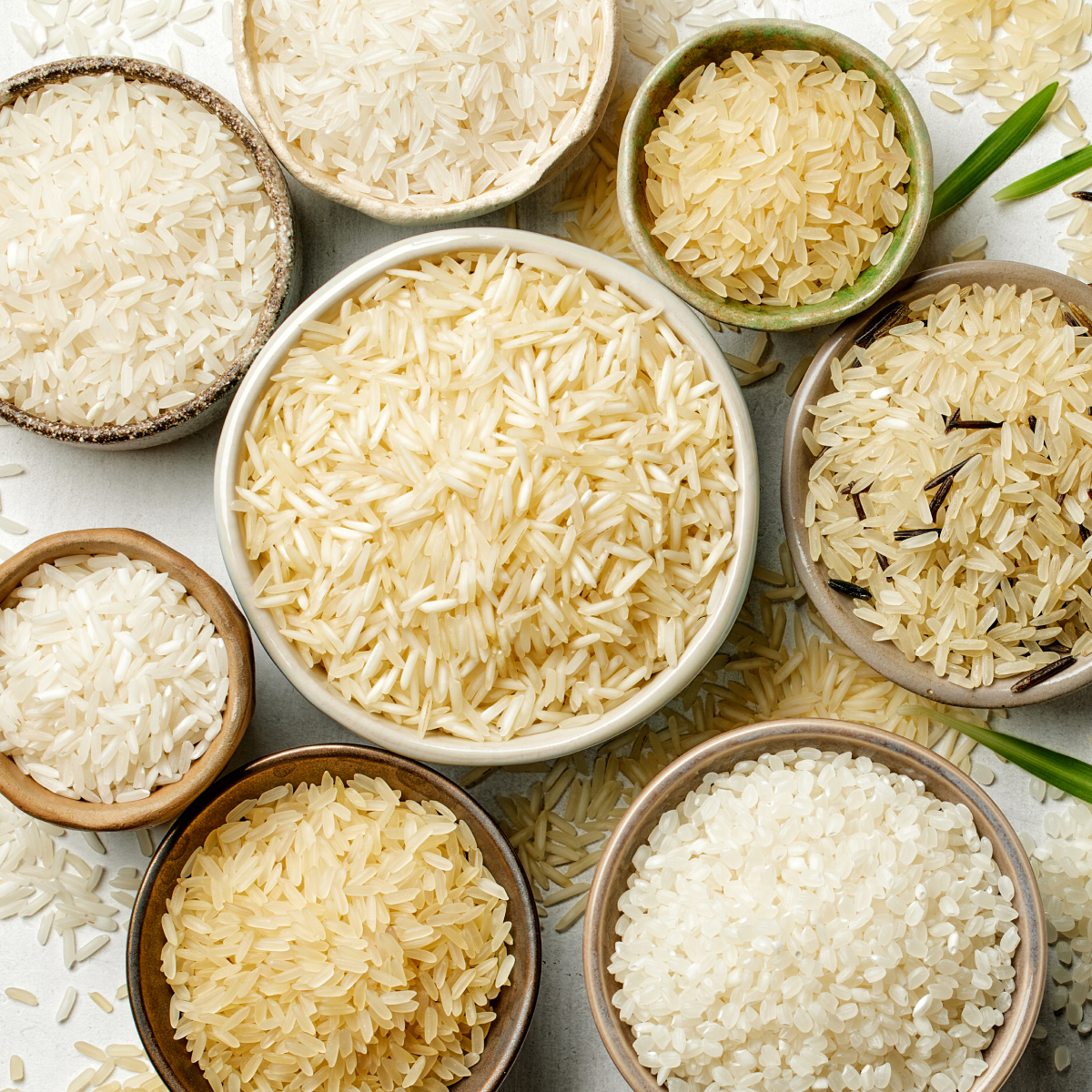
This fascinating trick went viral a few years ago when Sri Lankan researchers discovered that tweaking how you cook and cool rice can actually change its molecular structure, making it less digestible — and therefore, lower in calories your body can absorb. Let’s break down what’s happening, why it works, and how to do it right in your own kitchen.
Jump to:
Why the Coconut Oil + Freezing Trick Works
At its core, this method relies on something called resistant starch — a special form of starch that “resists” digestion. Instead of being broken down into glucose (sugar) and absorbed, resistant starch behaves more like fiber: it passes through your digestive system, feeding beneficial gut bacteria and keeping blood sugar levels more stable.
Here’s how coconut oil and cooling work together to increase resistant starch:
- When you add coconut oil to the boiling water before cooking rice, the oil molecules sneak into the rice granules and change how the starches organize as they cook.
- Once the rice cools, the starches rearrange themselves into a crystalline structure that your body can’t easily break down — a process called retrogradation.
- Freezing and reheating amplify the effect, locking in even more resistant starch. The final result? Rice that may have up to 50–60% fewer digestible calories compared to freshly cooked white rice.
In short: you’re not removing calories from the rice itself, but you’re changing how your body processes them.

The Science Behind It
The original study, presented at the American Chemical Society, tested 38 varieties of rice. The most effective version came from this simple process:
- Add 1 teaspoon of coconut oil to 1 cup of boiling water.
- Stir in ½ cup of uncooked rice and cook as usual.
- Once cooked, cool it in the fridge for at least 12 hours (freezing works too!).
- When ready to eat, reheat gently — the resistant starch remains stable even after warming.
In their trials, this cooling process transformed part of the rice’s digestible starch into resistant starch, reducing calorie absorption by up to 60%. While results vary depending on the rice variety, even modest increases in resistant starch can make a real difference over time — especially for those watching blood sugar or calorie intake.
Step-by-Step: How to Make “Lightened-Up” Rice at Home
Here’s exactly how you can try it yourself:
Ingredients
- 1 cup water
- 1 teaspoon coconut oil
- ½ cup uncooked white rice
Instructions
- Boil water in a small pot, then stir in the coconut oil.
- Add rice and cook as you normally would (stovetop, rice cooker, or instant pot).
- Once done, let it cool slightly, then transfer it to a container.
- Freeze or refrigerate the rice for at least 12 hours.
- Reheat before serving — microwave, steam, or stir-fry. The resistant starch will remain intact!

Why You’ll Love This Trick
- Lower Calorie Impact: Up to 50–60% fewer digestible calories, depending on rice type.
- Better for Blood Sugar: Resistant starch slows glucose release, helping maintain steadier energy levels.
- Tastier Texture: Many people find the reheated rice slightly firmer and chewier — great for fried rice or meal prep.
- Gut-Friendly: Resistant starch feeds beneficial gut bacteria, supporting healthy digestion.
Does It Change the Flavor?
Surprisingly, no — not much! The teaspoon of coconut oil adds a very mild richness, but it won’t make your rice taste like coconut. It’s subtle enough to pair with curries, stir-fries, or even savory rice bowls. If you want zero coconut taste, you can use refined coconut oil, which has the aroma removed.
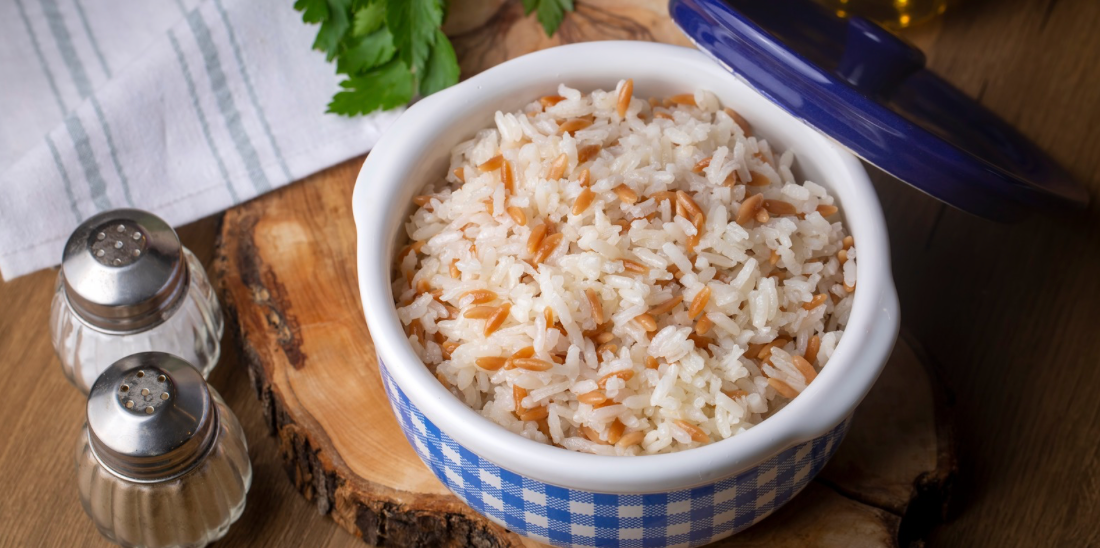
Things to Keep in Mind
- The calorie reduction varies depending on the type of rice — long-grain white rice and basmati seem to benefit the most.
- Cooling time matters. The longer you chill or freeze it, the more resistant starch develops.
- Don’t overthink it — even a simple overnight chill helps.
- Reheating does not undo the effect — you can enjoy warm rice without losing the benefits!
A Few Delicious Ways to Use It
Once you’ve made your “lightened-up” rice, use it in your favorite dishes:
- Veggie fried rice with sesame and scallions
- Coconut curry rice bowls
- Burrito bowls with black beans and avocado
- Lemon herb rice pilaf for a refreshing side
It’s a small tweak that works beautifully in everyday meals.
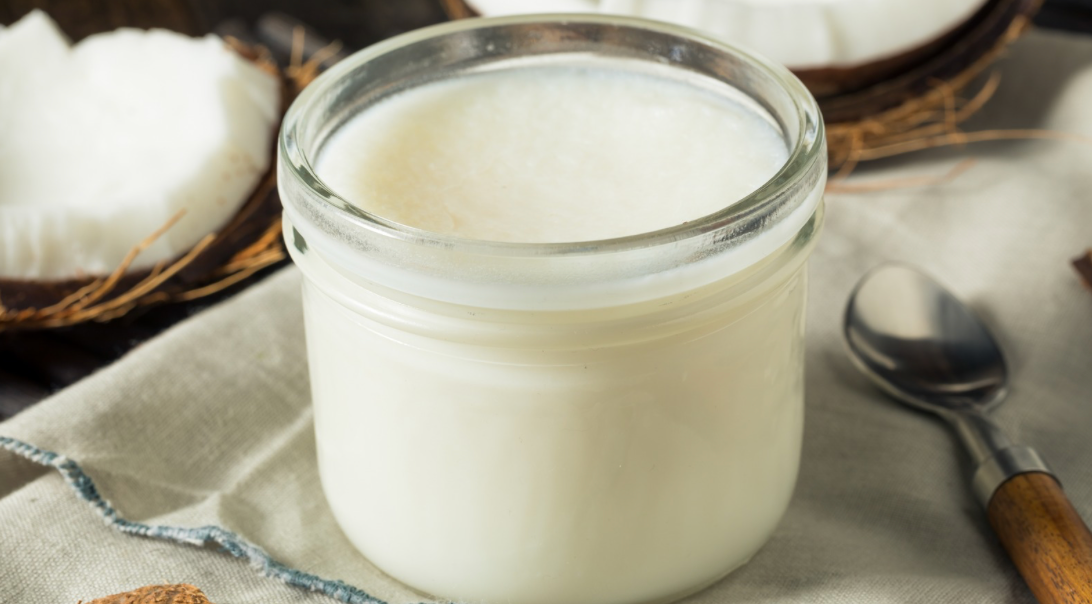
Why This Trick Works Beyond Just Calories
Even if you’re not counting calories, resistant starch offers plenty of other perks. It’s been linked to improved gut health, reduced inflammation, and better metabolic function. It also keeps you feeling full longer — a win for anyone trying to balance appetite and energy levels.
So really, this method isn’t just about cutting calories — it’s about making your rice smarter.
Final Thoughts
It’s rare that something as simple as a teaspoon of oil and a night in the freezer can make a measurable difference in how your food nourishes you. But this rice hack proves that sometimes, science and home cooking can share the same spoon.
Whether you’re meal-prepping, managing calories, or just love learning how food works, this is one small change that adds up — deliciously.
Pin to Pinterest
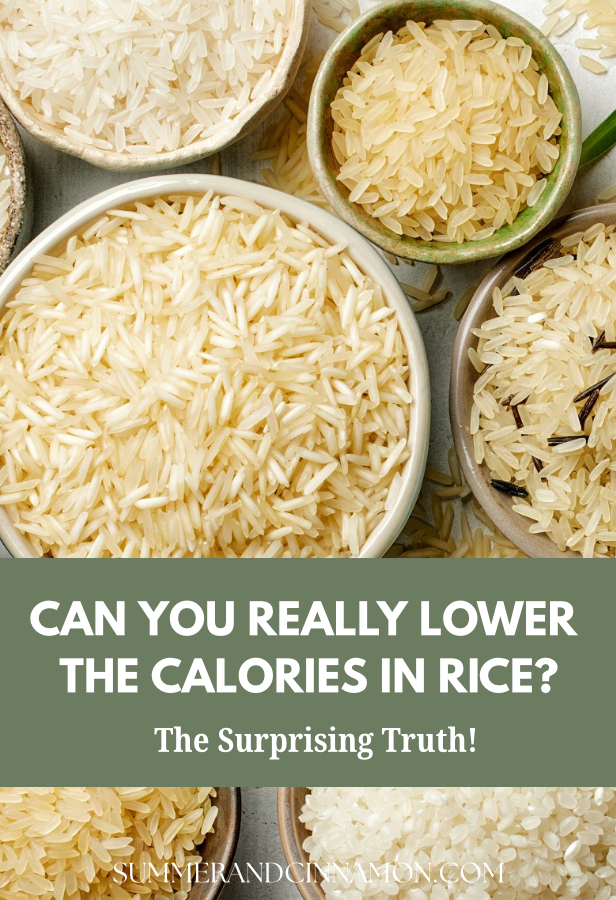
Related
Looking for other recipes like this? Try these:



